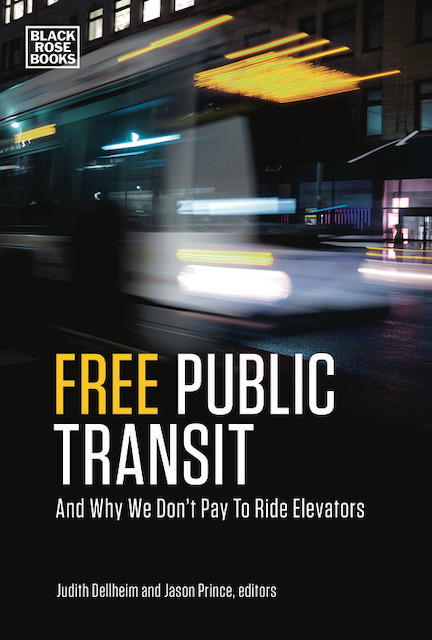Ride-hailing services are not the principle cause of transit ridership decline, according to a new report from TransitCenter, a New York-based transit cheerleading group. This is based on a survey of 1,700 people in seven different urban areas.
Comparing the results with a similar survey from three years before, the group found a large increase in automobile ownership and that people who increased the number of trips they took by auto decreased the number of trips they took by transit. However, people surveyed who increased their use of ride-hailing services actually increased transit ridership, so TransitCenter concluded that increased auto ownership, not ride hailing, is the cause of transit’s problems.
A major problem with the study is that the people surveyed were not randomly selected — if they were, most of them wouldn’t have been transit riders. The amount of self-selection in the survey biases the results and says little about why the people who weren’t selected for the survey don’t ride transit — and their reasons may be completely different from those who were selected. Continue reading








